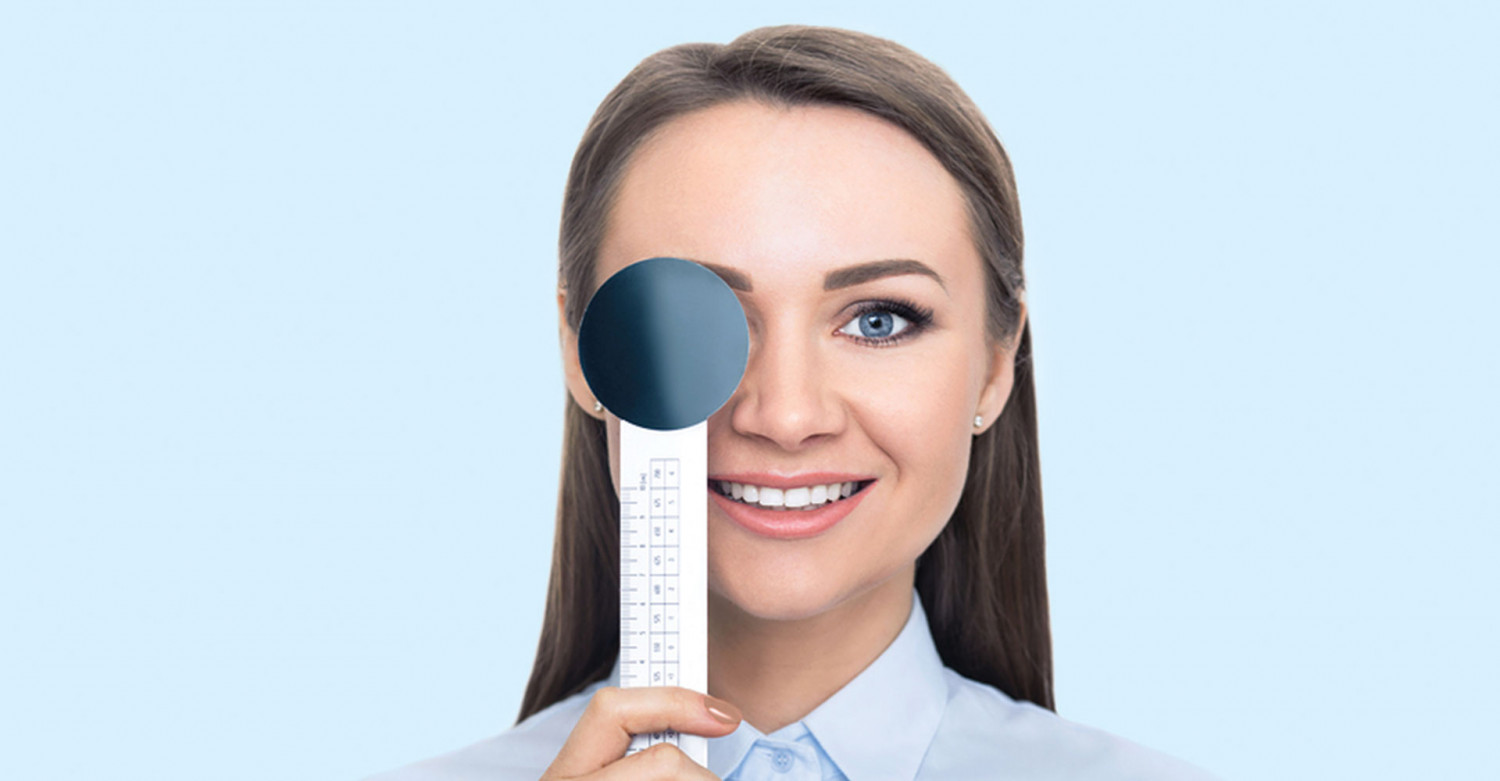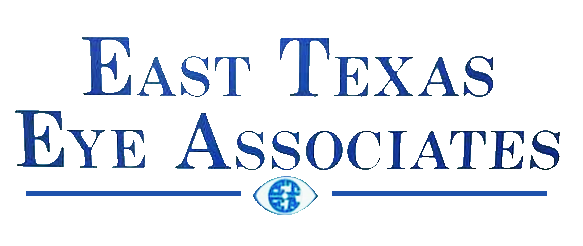

When Should You Have an Eye Exam in Lufkin, TX?
Baseline eye exams for adults
The American Academy of Ophthalmology recommends that adults get a complete eye examination by the age 40. This is when early signs of disease or changes in vision may appear. It is important to find eye diseases early, because early treatment can help preserve your vision. Although not everyone should wait until age 40 for an eye exam
See an ophthalmologist now if you have an eye disease or risk factors such as:
- Diabetes
- High blood pressure
- A family history of eye disease
Your ophthalmologist can tell you how often you should have an eye exam in the future. It's important to follow the schedule your ophthalmologist gives you, especially as you age since your risk for eye disease increases as you get older.
Seniors and eye exams
If you are 65 or older, make sure you have your eyes checked every year or two. Your ophthalmologist will check for signs of age-related eye diseases such as:
- Cataracts
- Diabetic Retinopathy
- Age related macular degeneration
- Glaucoma
What Will Your Ophthalmologist Check During an Eye Exam?
A comprehensive eye exam is simple and comfortable. Your eye exam shouldn't take more than 45 to 90 minutes. Dr Duncan may have a professional staff member do portions of this eye exam. They should include checks on the following:
Your medical history
First, Dr. Duncan will ask you about your vision and your general health. Possible questions asked:
- Your family's medical history
- What medications you take
- Whether you wear corrective lenses
Your visual acuity
This is the most familiar part of an eye exam for people. You will read an eye chart to determine how well you see at various distances. This eye exam will help determine whether you have 20/20 vision or not.
Your prescription for corrective lenses
Dr. Duncan will ask you to view an eye chart through a device called a phoroptor which contains different lenses. This will help determine the best eyeglass or contact lens prescription for you.
Your pupils
Dr Duncan or his qualified staff may check how your pupils respond to light by shining a bright beam of light into your eye. Pupils usually respond by getting smaller. If your pupils widen or don't respond, this may could reveal an underlying problem.
Your side vision
Loss of side vision (peripheral vision) is a symptom of glaucoma. This test can find eye problems you aren't aware of since you can lose side vision without noticing.
Your eye movement
This test, called ocular motility, evaluates the movement of your eyes. Dr Duncan checks that your eyes are aligned. He also checks that your eye muscles are working correctly.
Your eye pressure
Eye pressure testing, called tonometry, measures the pressure within your eye (intraocular eye pressure, or IOP). Elevated IOP is a sign of glaucoma. Gently applying a pressure-sensitive tip near or against your eye. Your ophthalmologist may use numbing eye drops for this test for your comfort.
The front part of your eye
Dr. Duncan uses a slit-lamp microscope to light up the front part of the eye. This includes the eyelids, cornea, iris and lens. This very important test checks for cataracts or any scars or scratches on your cornea.
Your retina and optic nerve
Dr Duncan will put dilating eye drops in your eye to dilate, or widen, your pupil. This will allow him to examine your retina and optic nerve for signs of damage from any disease. Your eyes might be sensitive to light for a few hours after dilation. Sunglasses are helpful after your eyes have been dilated due to the sensitivity to light.
